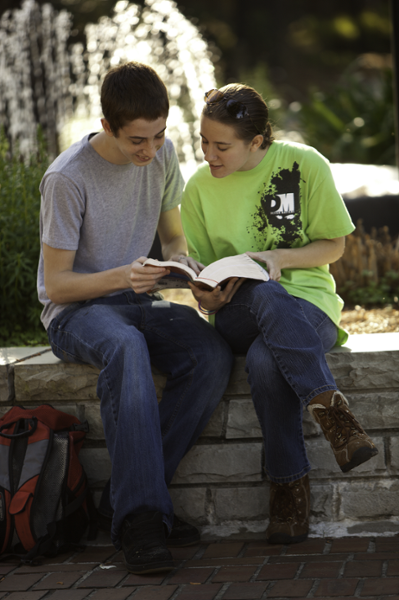The Beginning College Survey of Student Engagement (BCSSE, pronounced “bessie”), a companion survey to the National Survey of Student Engagement (NSSE), was launched in 2007. Since then, approximately 1.2 million new first-year, transfer, and older students at 589 institutions across the United States and Canada, have participated.
BCSSE 2023 Overview

BCSSE collects data from entering first-year, transfer, and older students. For entering first-year students, BCSSE collects data about their high school academic and co-curricular experiences, as well as their expectations for participating in educationally purposeful activities during their first college year. For transfer and older students, BCSSE collects information about prior educational experiences, important entering characteristics, as well as their expectations for participating in educationally purposeful activities during the upcoming college year.

